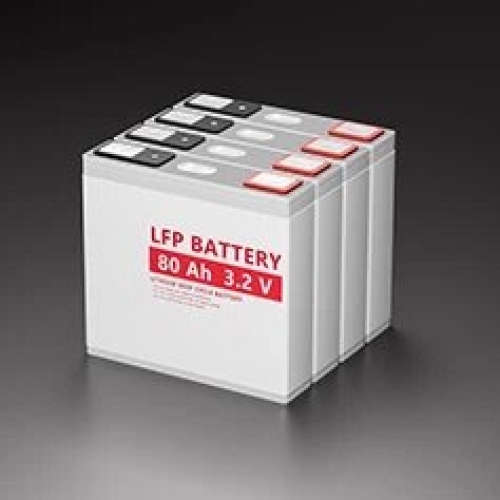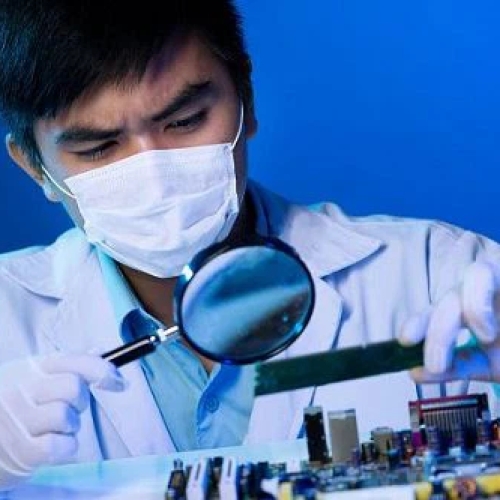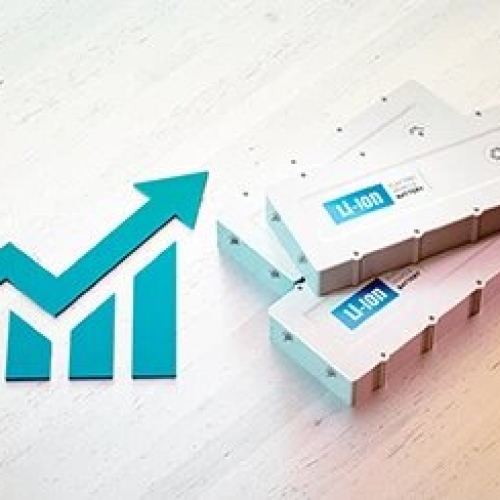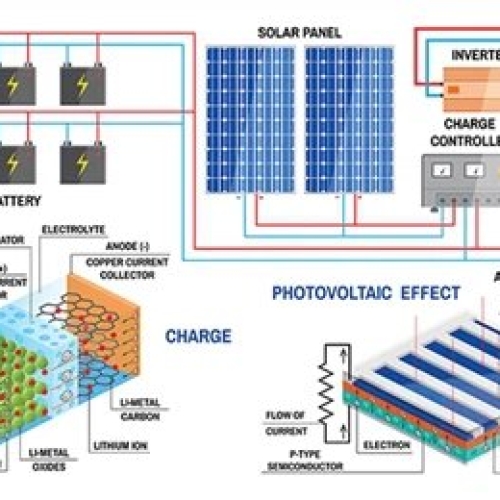

 Early R&D Of Lithium Batteries
Early R&D Of Lithium Batteries
Lithium batteries were first used in pacemakers. Lithium-ion batteries have the advantages of extremely low self-discharge rate and flat discharge voltage, so that the pacemaker implanted in the hum...
 The Development Process Of Lithium Battery
The Development Process Of Lithium Battery
In 1970, M.S. Whittingham of Exxon used titanium sulfide as the positive electrode material and metal lithium as the negative electrode material to make the first lithium battery. In 1980, J....
 Main Materials Of Lithium Battery
Main Materials Of Lithium Battery
Carbon anode material The actual negative electrode materials used in lithium-ion batteries are basically carbon materials, such as artificial graphite, natural graphite, mesocarbon microspheres,...
 Want To Know About The LiFePO4 Characteristics
Want To Know About The LiFePO4 Characteristics
I: Overview of Lithium Iron Phosphate Batteries (LiFePO4) What is a lithium iron phosphate battery(LiFePO4)? 1). LiFePO4 battery uses lithium iron phosphate as a positive electrode material. ...
 Take An In-depth Look At The BMS Of Batteries
Take An In-depth Look At The BMS Of Batteries
I: Activation method of BMS At present, not all lithium battery protection boards need to be activated. Some protection IC requires activation. The reason is to make the protection board not work...
 Why Is LiFePO4 Battery A Powerful Energy Storage?
Why Is LiFePO4 Battery A Powerful Energy Storage?
I: The intelligence of lithium iron phosphate batteries With the development of science and technology, ordinary lithium batteries can no longer meet the increasingly technological needs of consu...
 Do You Know The Future Market Of Lithium Ion Battery?
Do You Know The Future Market Of Lithium Ion Battery?
The global market share of power lithium batteries and energy storage lithium batteries has increased significantly, and the proportion of consumer lithium batteries has continued to rise. The l...
 Take You Deep Into The BMS In The Lithium Battery
Take You Deep Into The BMS In The Lithium Battery
I: Briefly describe the BMS lithium battery management system As we all know, the BMS is mainly used in lithium batteries, and lead-acid batteries generally do not have this management system. Th...
 Rapid Development Of Lithium Battery
Rapid Development Of Lithium Battery
I. The development status and application of lithium battery Lithium batteries have always been the first choice for green and environmentally friendly batteries, and their application prospects ...
 LiFePO4 Battery With Rapid Growth In The Global Market
LiFePO4 Battery With Rapid Growth In The Global Market
The global market for LiFePO4 batteries has been growing steadily over the past few years and is expected to reach $7.6 billion in 2020.This market is expected to grow at a CAGR of 14.2% from 2021 t...